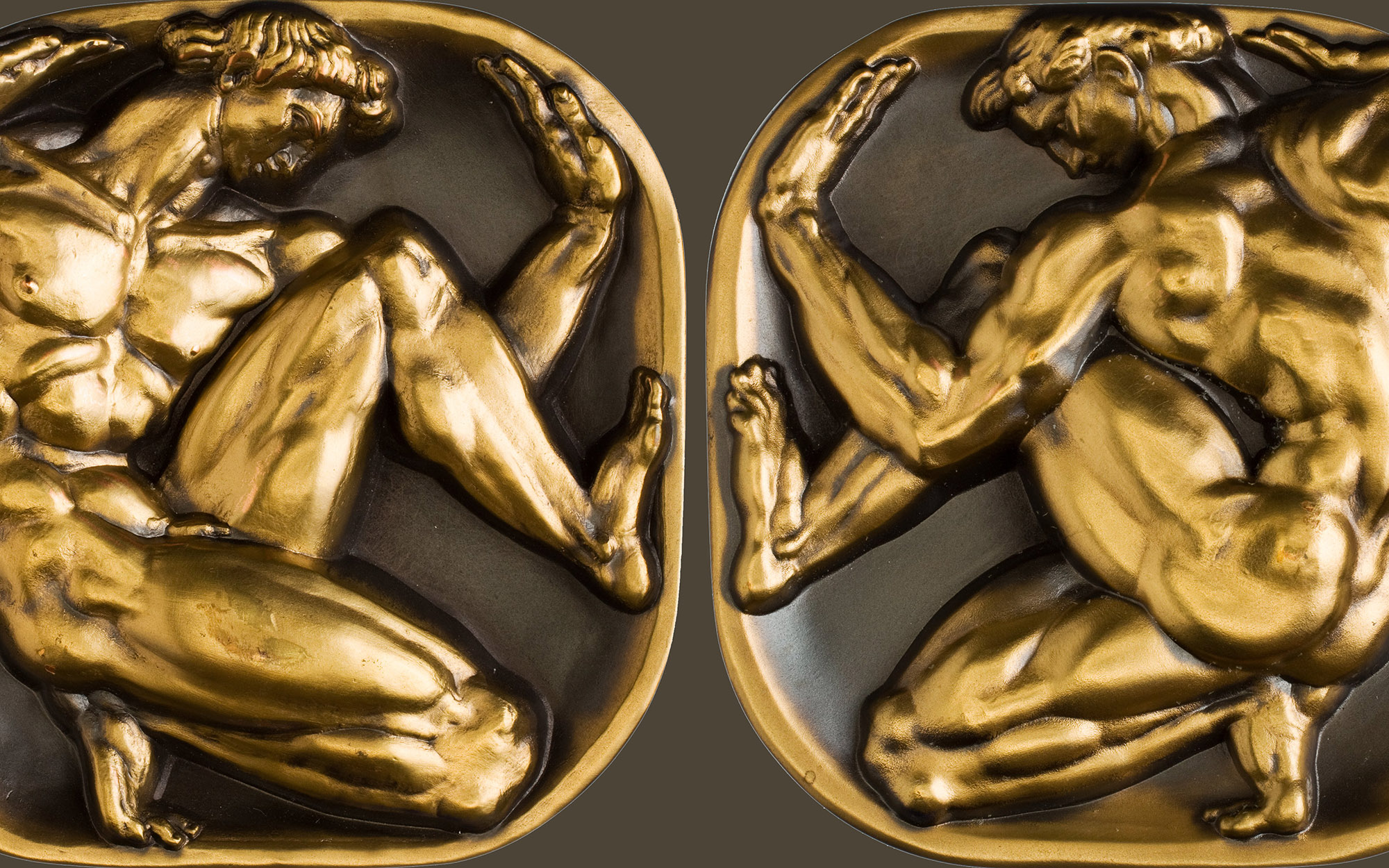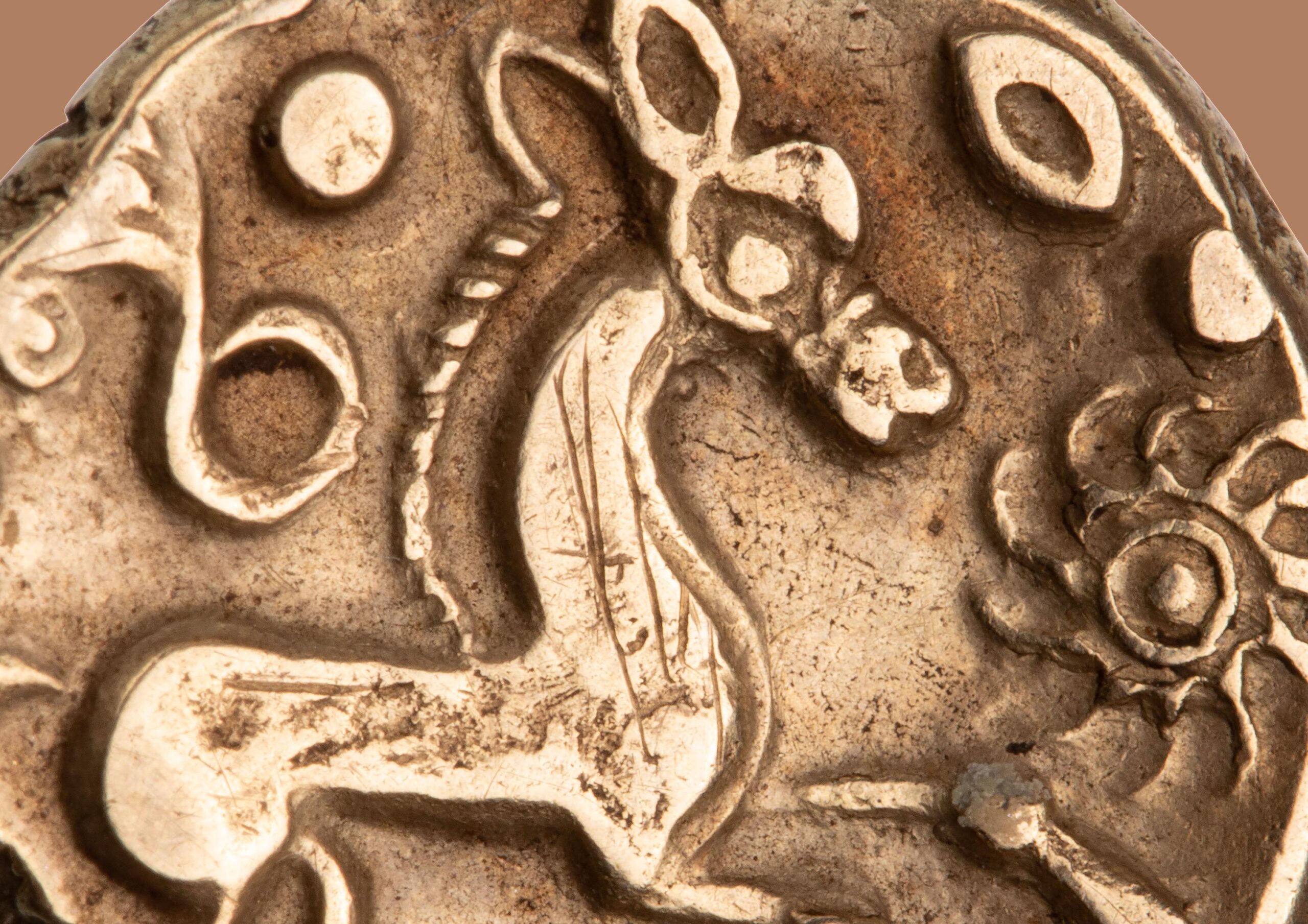Fairbanks Infallible Coin Scale
This is the first in a new monthly series of short films that will explore some of the more intriguing objects in the collection of the American Numismatic Society. First up is a short history of the Fairbanks’ Infallible Coin Scale and a look at how well it works in practice.
The Fairbanks Infallible Coin Scale shown in the the video is the descendent of a coin scale introduced by J. T. McNally in the late 1870s. It is a variation of a rocker device invented by John Allender in the 1850s, which had a fixed fulcrum with a counterweight and a gage or hole for different types of gold coins.

The Fairbanks-McNally scale replaced the gages with appropriately sized slots for each coin. The earliest versions had a walnut base and advertisements for them at a cost $2.50 each appear in newspapers and periodicals from 1879 forward. The relationship between McNally and the Fairbanks Company is not precisely clear but the models with wooden bases have either J. T. MCNALLY, INVENTOR. or FAIRBANKS & CO. stamped on what’s called the tang or metal beam.
On February 28, 1882, John T. McNally and Walter H. Harrison filed a patent for the design. Subsequently several versions of the scale with cast iron bases appeared. One model has the lettering FAIRBANKS CO. cast onto the base and imprinted on the counterweight end of the metal beam.

The more elaborate and seemingly most common model, advertised above, has a cast iron base with decorative golden stripes and flowers and the words FAIRBANK’S INFALLIBLE impressed into it. Imprinted on the metal beam is FAIRBANKS INFALLIBLE SCALE CO., BALTIMORE, MD., USA. The American Numismatic Society also has the presentation version of this same model, which came in a wooden box and is featured in the video.
For more on the history of counterfeit detectors and related devices, the best source is: Eric P. Newman and A. George Mallis, U.S. Coin Scales and Mechanical Counterfeit Coin Detectors (1999).




